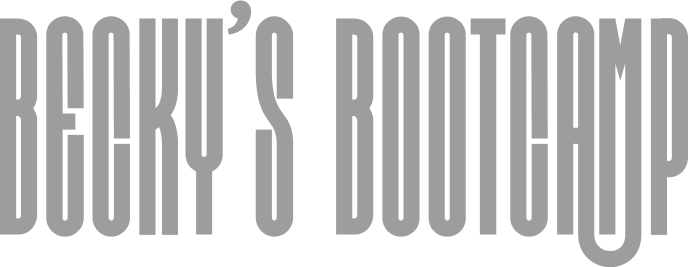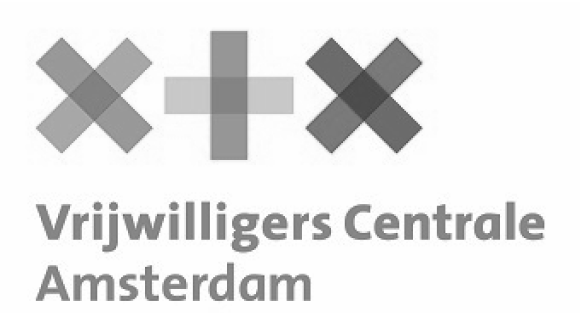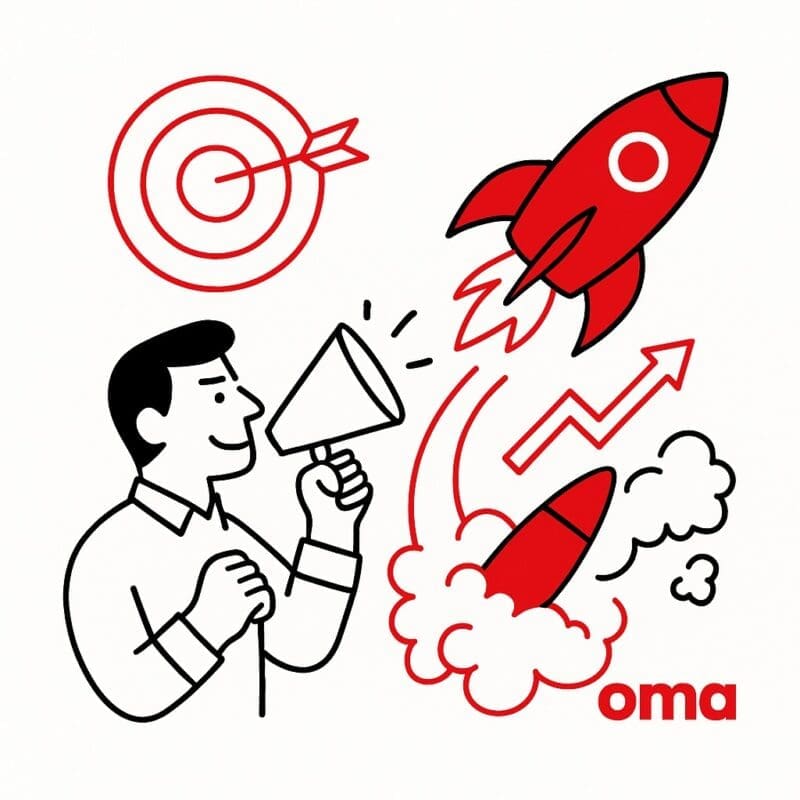An effective media plan and media buying for maximum reach and return
About the media plan
A strong media plan is the foundation of any successful campaign. A media plan consists of several components, such as objectives, budgets, channels and timing. The communications plan and marketing strategy are the foundation upon which the media plan is built. It gives direction to your media objectives and ensures that budgets, channels and timing are optimally aligned. Creating an effective media plan requires strategic thinking and meticulous organization.
The media plan acts as a blueprint for effective communication and tailoring communications to target audiences. By defining a clear objective and ultimate goal in advance, you avoid fragmentation and ensure maximum reach, impact and efficiency. Media planning can significantly improve marketing ROI through a focused and structured approach.
What is a media plan and what can you achieve with it
A media plan describes which channels, formats and strategies will be used to reach the right target audience. Here it is important to consider different medium types, such as radio, paid media, online ads and blogs, to effectively convey the message. Selecting the right media channels is crucial to getting your message across to your target audience. In addition, ads are used and an ad campaign is carefully planned to achieve the desired results.
Production and content play an essential role in developing effective campaigns, where thought leadership can help position the brand. Planning a timeline for a specific campaign helps structure deadlines and milestones and coordinate the team’s work. By using benchmarks and tracking performance through dashboards, including the display of key data, results can be monitored and optimized.
Generating leads and promoting products or services are often important goals of the media plan, as is increasing brand awareness. Advertisers work with media buying to determine how and where ads are placed to achieve goals. It is important to respond to the behavior of the target audience and ensure that all steps are followed logically. A media plan serves as a guide, with the team working together and continuing to actively work toward achieving goals.
Four factors play a crucial role here:
- Reach – the number or percentage of people within the target audience who see your message.
- Contact frequency – how often the target audience comes into contact with the message in a given period of time. High frequency is often necessary for brand awareness.
- Media costs – the expected budget for purchasing media and advertising space. This is coordinated together.
- Communication power – the effectiveness with which a medium can convey its message.
A media plan not only provides insight into these factors, but also provides clear planning and strategy to achieve goals.
What to expect
- Media debriefing based on input and sessions
- Benchmark and competitive analysis
- Using benchmarks to compare campaign results
- Development of an (online) media strategy
- Detailed media planning and costing for advertising resources
- Social advertising strategy for awareness and engagement
- Directions and briefings for channels such as Facebook, Instagram, Pinterest and LinkedIn
- Search ads for both digital and physical traffic
- Local mobile targeting to drive visitors
- Campaign planning with timings, including burst planning, creating a timeline for each specific campaign to make deadlines and milestones transparent
- Tracking and displaying campaign results in dashboards for real-time monitoring and analysis
Note that the development of advertising campaigns and the actual implementation of the media plan, involving advertisers and media buying, are outside the media plan and are a subsequent phase.
Sample applications with different media channels
- Launching a new brand or product with a clearly defined media approach, including implementing the media plan, producing relevant content and deploying various channels such as online ads, radio and paid media to increase brand awareness.
- Increasing brand awareness through social and display advertising, promoting thought leadership through blogs and online ads, and strategically deploying ads within a media mix.
- Reaching specific audiences with local targeting and search ads, generating leads through ads, and the importance of media buying by advertisers to achieve the right ad placements.
- Optimizing budgets and channels for maximum ROI, establishing a timeline for a specific campaign, and accurately planning the production and implementation of all media components.
Our working method
- Analysis – target group and market analyses, including competitive benchmarking.
- Strategy – formulate media objectives and establish media strategy.
- Creation – translation of the strategy into a concrete media plan with timings and formats.
- Planning – prepare detailed planning and budgeting by channel.
- Advice – guidance and briefing towards the follow-up phase: campaign development and media buying.
Evaluation and optimization
The success of a media plan hinges on continuous evaluation and optimization. By measuring performance against predetermined KPIs, you gain insight into what is working and where adjustments are needed. Regularly analyzing the results of your campaign makes it possible to adjust goals and increase effectiveness.
A data-driven approach ensures that you can respond not only reactively but also proactively to developments in the market and the behavior of your target audience. By continuing to optimize, you ensure that your media plan is always in line with current needs and that your competitors do not overtake you. In this way, your media plan remains a powerful tool for achieving maximum impact and return.











